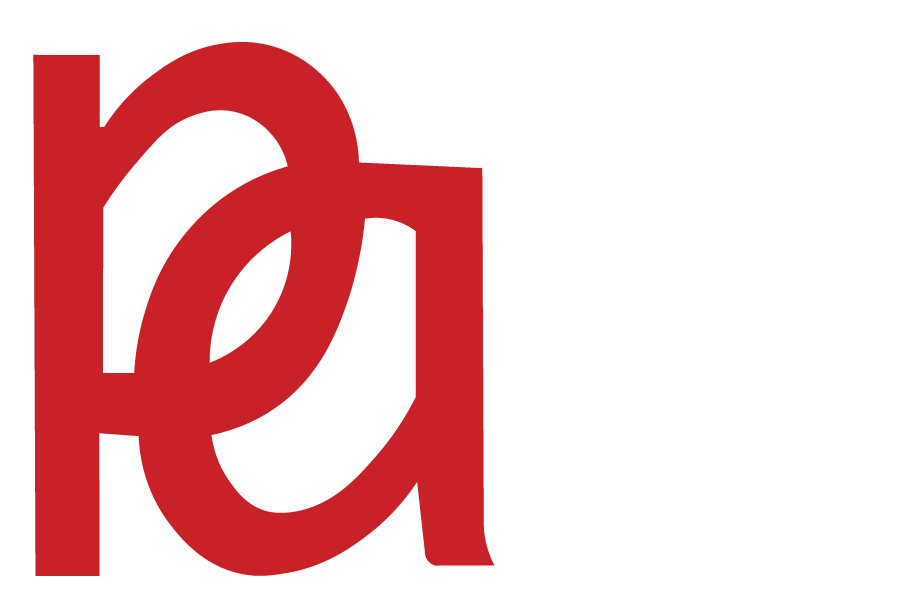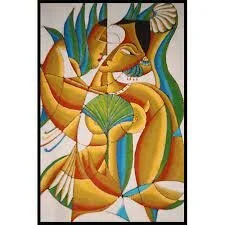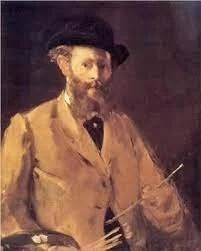Modern Art : Speaking through visuals
Modern art consists of the creation of works of art from around 1860 to the 1970s, referring to the creative styles and ideologies of the era. It is often connected with art in the spirit of exploration when the conventions of the past have been shaken apart.
Origination Of Modern Art
Many developments of the visual arts occurred in the decades that preceded the modern age, from the humanistic investigations of the Renaissance and Baroque periods to intricate Rococo fantasy and the physical beauty of European neo-classicism of the 18th century. But an idealization of subjects, whether human, natural, or situational, was a predominant hallmark of these early modern epochs. Artists did not usually portray what they thought with subjective eyes but what they saw as their subject's pinnacle.
The perspective of the artist and modern art
Manet is the Man who invented Modern Art. Waldemar Januszczak tells the story of the man often cited as the father of the Impressionists. A number of European artists began experimenting with basic observations throughout the early decades of the 19th century. Artists all over the continent, including portraitists and painters like Gustave Courbet and Henri Fantin-Latour, have made works that are intended to genuinely represent individuals and circumstances, defects and everything, rather than to make the subject idealized. This radical approach to art would come to comprise the broad school of art known as Realism.
The Romantics also began, at the beginning of the 1900s, to show the landscape not necessarily as it was objective, but as they perceived it. Caspar David Friedrich and J.M.W. Turner paint the landscape as dramatic depictions capturing the sense of the sublime who struck the artist by looking at this specific location. This expression of emotion together with a place was a key step towards the inventive and distinct views of the modern artist.
History of Modern Artists
Modern art history is the history and accomplishments of leading artists. Modern artists have tried via visual means to portray their perspectives on the world around them. While some of them have linked their work with previous movements or concepts, each artist's overall aim in current times is to make them practice a purely original viewpoint.
Gustave Courbet, who tried in the mid-19th century to establish his very different style, was the first modern artist to stand alone in this respect. This was mostly done with his 1849-1850 work Burial in Ornans, which shocked the French art establishment by depicting an ordinary man's funeral in a peasant community. The Academy bristled at the representation of the filthy farmer on an open grave because the subjects of such a massive painting were only classical stories or historic occurrences. Courbet was first shunned for his work, but later became a hugely significant modern art artist for future generations.
The Avant-garde and Modern Art Progress
The avant-garde is a phrase derived from the French "vanguard," the battleship of the leading division, literally an advanced guard, whose designation in modern art resembles much its military appellation. Most successful and inventive modern artists were generally avant-garde. Their goal was to progress art practices and ideas in modern times, and to constantly question the acceptable form of art, so as to transmit the truest experience of the artist from the modern world. Current painters constantly analyzed the past and reassessed it with respect to modern.
Modern Art allows people the chance to be exposed to stimuli that can provoke thoughts and even emotions. For many, it can lead to new information, education, and growth. At times, art can be powerfully thought-provoking. This is because it does communicate through visuals and not words.




